15 Album Covers That Sparked Major Controversy
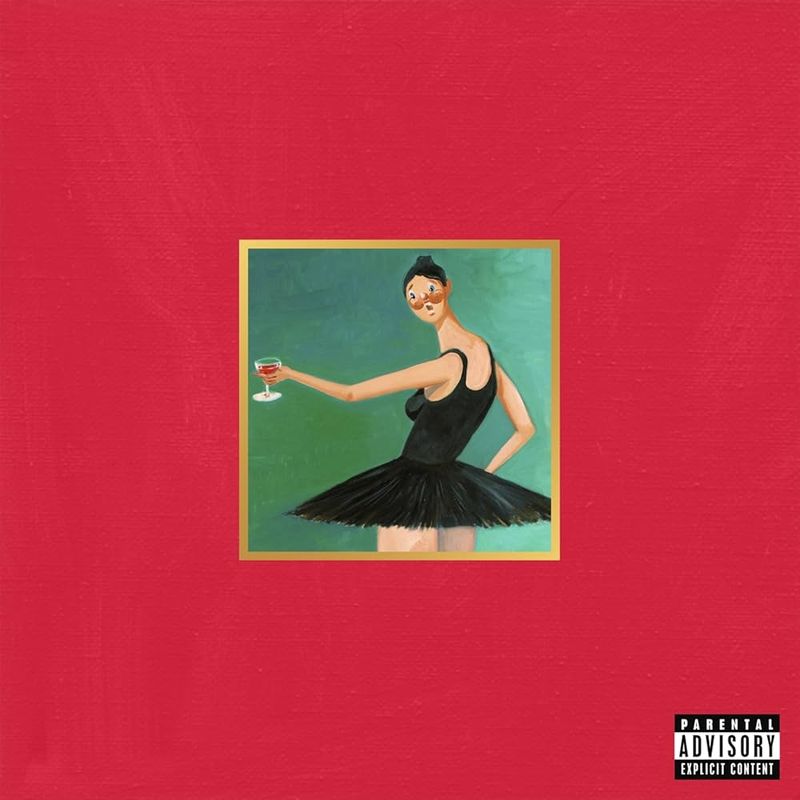
Over the years, musicians and designers have used album art as a canvas for bold, provocative, and often shocking imagery. While some covers became iconic, others triggered public outrage, legal battles, bans, and even boycotts. From graphic visuals to politically charged symbols, these 15 album covers didn’t just turn heads—they ignited full-blown controversies. In this post, we explore the stories behind the artwork that crossed lines, broke rules, and forced the world to ask: where is the line between art and offense?
1. The Beatles – Yesterday and Today (1966)
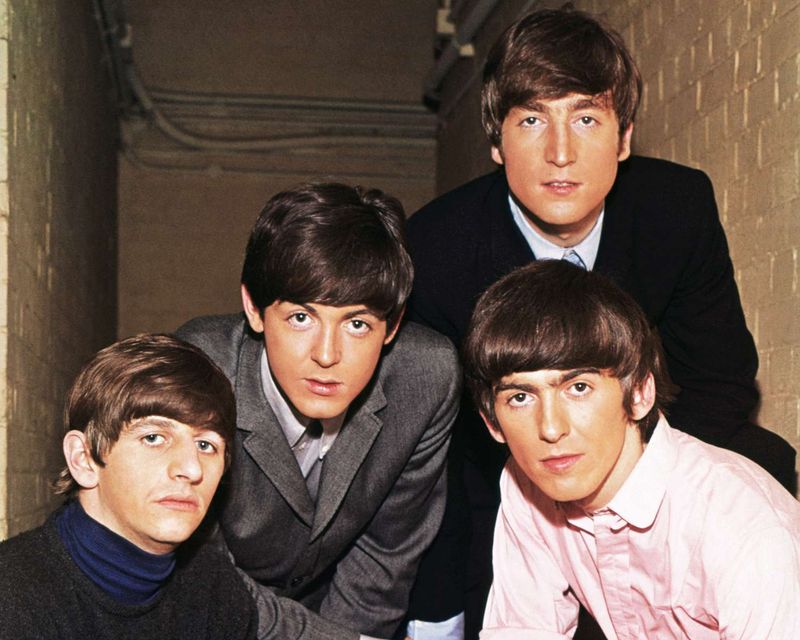
Few album covers in history have caused as much immediate backlash as the Beatles’ infamous “Butcher Cover.” Dressed in white butcher coats and surrounded by raw meat and decapitated baby dolls, the Fab Four looked anything but lovable.
The photo was originally meant as a satirical protest against Capitol Records for “butchering” their U.S. album tracklists. However, public reaction was swift and negative, prompting the label to recall thousands of copies. Today, those original pressings are rare collector’s items, but the image remains a bizarre and unsettling moment in Beatles lore.
2. Nirvana – Nevermind (1991)
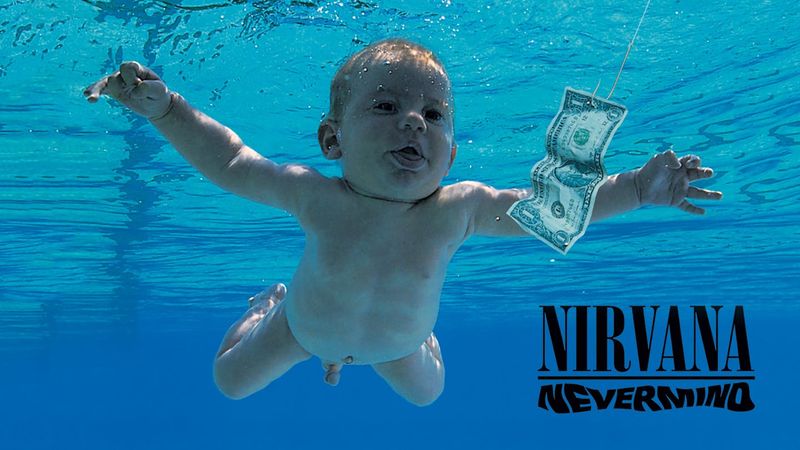
What looked like a striking artistic statement to some was considered child exploitation to others. The cover of Nirvana’s Nevermind features a nude baby swimming underwater, reaching for a dollar bill on a fishhook.
Though it became one of the most iconic images in rock history, the cover was controversial from day one. Some retailers refused to stock it unless the baby’s genitals were covered. Decades later, the boy in the photo filed a lawsuit (which was dismissed) claiming the image was exploitative. Despite the legal drama, the cover is still widely recognized—and debated.
3. Guns N’ Roses – Appetite for Destruction (1987)

Originally released with a violent and surreal piece of artwork, the first version of Appetite for Destruction featured a robot rapist standing over a barely-clothed female robot victim. A demonic avenger loomed in the background.
The disturbing imagery caused immediate uproar, with major stores refusing to carry the album. Under pressure, the band switched to the now-famous skull-and-crossbones design featuring the band members. The shocking original cover was relegated to the inner sleeve but left a lasting impression on the debate over art versus decency in rock music.
4. Kanye West – My Beautiful Dark Twisted Fantasy (2010)

In typical Kanye fashion, this cover was provocative and polarizing. The artwork features a cartoon version of Kanye being straddled by a nude, winged female figure with a demonic tail.
Retailers like Walmart and Best Buy refused to carry the album with that cover, prompting West to release alternate versions. He publicly criticized the censorship, calling it an attack on free expression. Though toned-down versions hit store shelves, the original remains an enduring symbol of West’s defiance and the ever-blurred lines between art, commerce, and controversy.
5. Blind Faith – Blind Faith (1969)

A seemingly innocent photo of a topless young girl holding a spaceship turned into a lightning rod for criticism. The debut album from supergroup Blind Faith raised eyebrows worldwide when it landed in stores.
Though the image was meant to symbolize innocence and the loss of it through technology, many saw it as child exploitation. The controversy led to the cover being replaced in the U.S. with a more generic band photo. Over the years, the image has remained a subject of fierce debate, reflecting the evolving standards of acceptable art.
6. The Rolling Stones – Beggars Banquet (1968)
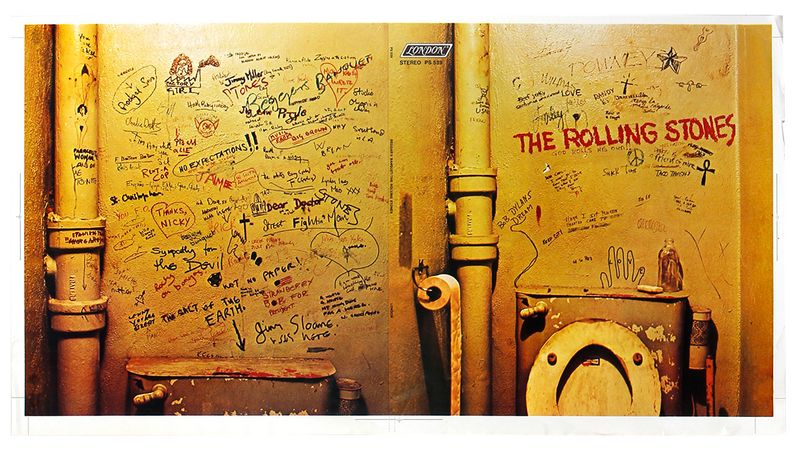
Plans for a bold, graffiti-covered bathroom wall to grace the cover of Beggars Banquet didn’t sit well with the band’s record label. The artwork was deemed too vulgar and offensive for commercial release.
Instead, the album initially hit shelves with a boring white cover featuring the album’s title in cursive font. Fans and critics alike were disappointed. Years later, the original cover was restored and praised for its gritty realism. The dispute marked one of the earliest high-profile battles between rock rebellion and corporate caution.
7. David Bowie – Diamond Dogs (1974)
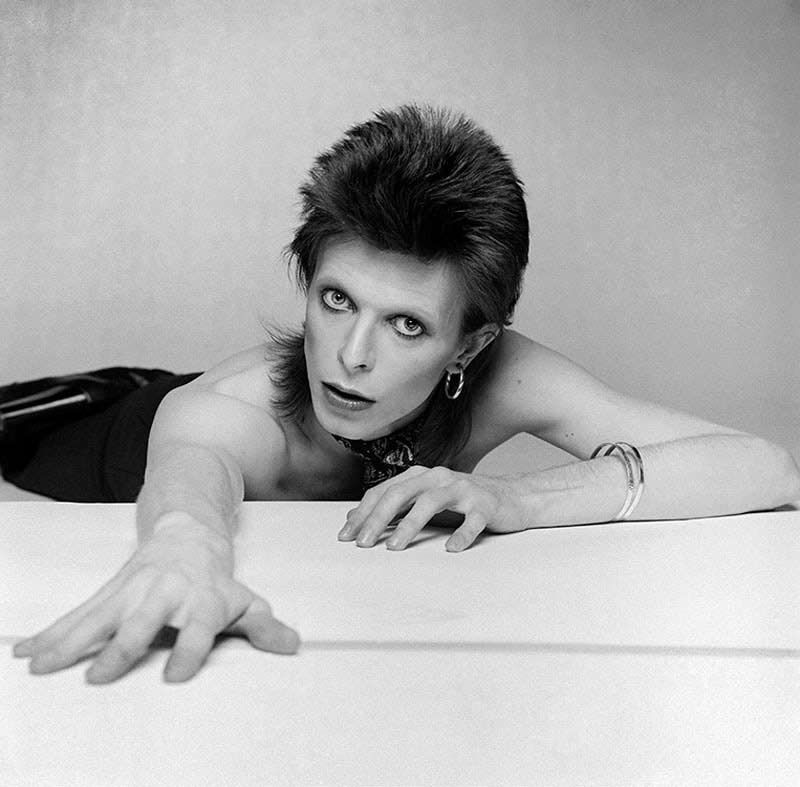
This cover combined glam rock with grotesque surrealism, depicting David Bowie as a half-man, half-dog creature with anatomically correct genitals. The painting by Guy Peellaert was stunning—but too risqué for most retailers.
The explicit version was quickly edited to airbrush out the offending parts, though some uncensored versions had already been released. Collectors prize these rare originals today. Bowie’s bold imagery blurred the line between fantasy and obscenity, creating one of the most talked-about covers in music history.
8. Slayer – Christ Illusion (2006)

Slayer never shied away from controversy, and this album proved it. The cover depicted a mutilated, zombie-like Christ figure standing in a sea of destruction and severed heads.
Religious groups were furious, and the album was banned in countries like India. Even some fans found the imagery too extreme. Despite—or perhaps because of—the backlash, the band stuck to their artistic guns. The controversy surrounding Christ Illusion cemented Slayer’s reputation as one of metal’s most provocative acts.
9. Scorpions – Virgin Killer (1976)

Nothing short of scandalous, this cover featured a fully nude prepubescent girl with a cracked glass effect over her body. The band claimed it was a commentary on the loss of innocence, but critics called it child exploitation.
The outrage was swift, and the album was banned or pulled from shelves in multiple countries. Later editions replaced the image with a photo of the band. To this day, the original cover stirs debate about artistic freedom, ethics, and where to draw the line.
10. Roxy Music – Country Life (1974)
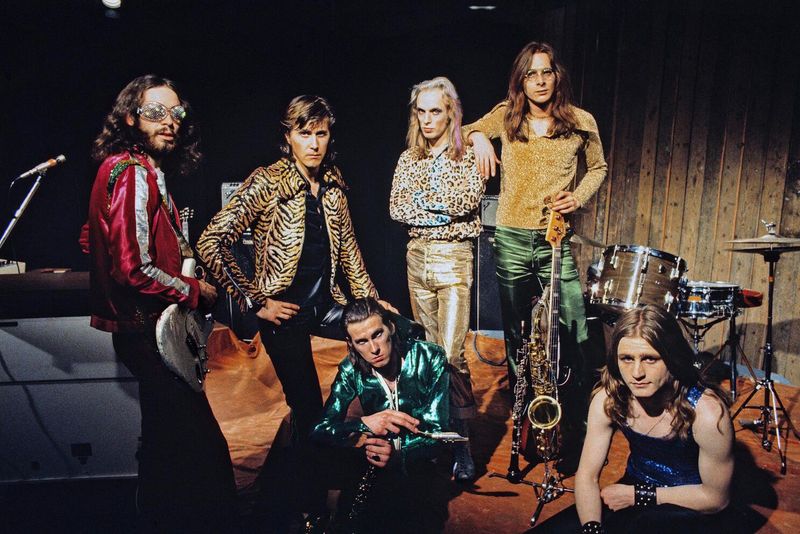
A provocative photo of two women in sheer lingerie posed in a forest setting was enough to make retailers sweat. The image was deemed too suggestive in several countries, leading to censorship.
In some markets, the album was sold with a green slipcover or an altered image featuring only trees. The sultry cover was a bold statement in the glam rock era, but its reception proved that suggestive content still had the power to shock. Over time, it became a classic example of risqué album art.
11. Ice-T – Body Count (1992)

Though best known for the “Cop Killer” controversy, the album’s visual presentation also fueled the fire. The cover featured menacing imagery, including skulls, guns, and militarized urban warfare themes.
Many retailers boycotted the album altogether, citing concerns over its violent undertones. Critics debated whether the imagery glorified or critiqued the violence it depicted. Ice-T argued it reflected real-life struggles in America’s inner cities. The pushback made Body Count a lightning rod for political and cultural debates of the early ‘90s.
12. The Coup – Party Music (2001)

Timing couldn’t have been worse for this album’s original artwork. The cover showed the duo seemingly detonating the Twin Towers—scheduled for release just weeks before 9/11.
After the terrorist attacks, the image was immediately pulled and replaced. Although the band had no malicious intent, the eerie coincidence cast a long shadow over the album. The incident sparked discussions about artistic vision versus real-world tragedy—and how quickly context can change public perception.
13. Pantera – Far Beyond Driven (1994)

An extremely graphic original concept featured a drill impaling a human rectum, intended to capture the band’s aggressive sound. Unsurprisingly, the artwork proved too much for most distributors.
The cover was altered to show a drill boring into a skull instead. While still intense, the new version passed retail scrutiny. The original art remains a rarely seen piece of shock-metal history—testament to Pantera’s dedication to pushing boundaries, even if it meant pulling punches for mass release.
14. Prince – Lovesexy (1988)
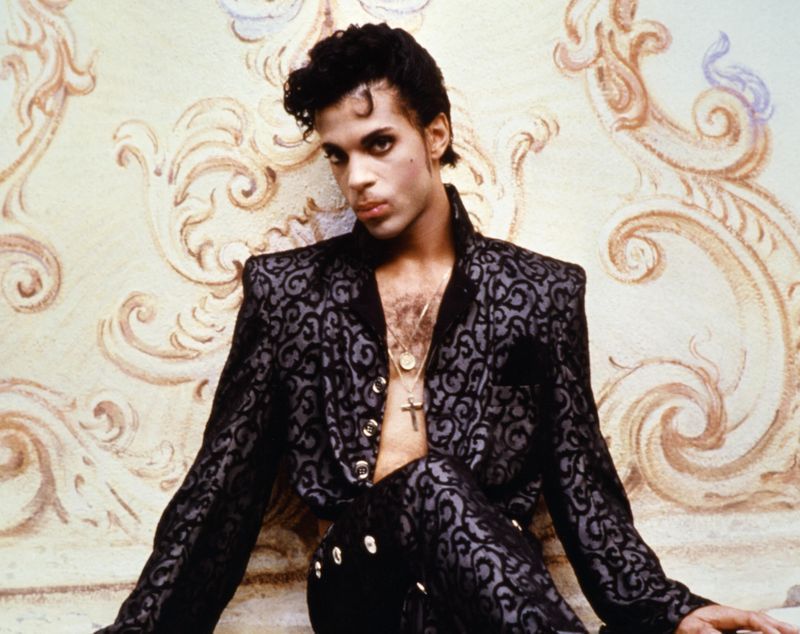
Fans weren’t expecting to see Prince perched nude in a surreal floral setting on the cover of Lovesexy. Though artistically styled and non-explicit, the image still caused a stir.
Some retailers refused to stock it, while others shrink-wrapped the album to hide the cover. Prince defended the image as a spiritual and sensual statement, but public reaction was mixed. Like much of his work, Lovesexy walked the line between controversy and creative genius—and made people talk in the process.
15. Marilyn Manson – Holy Wood (In the Shadow of the Valley of Death) (2000)
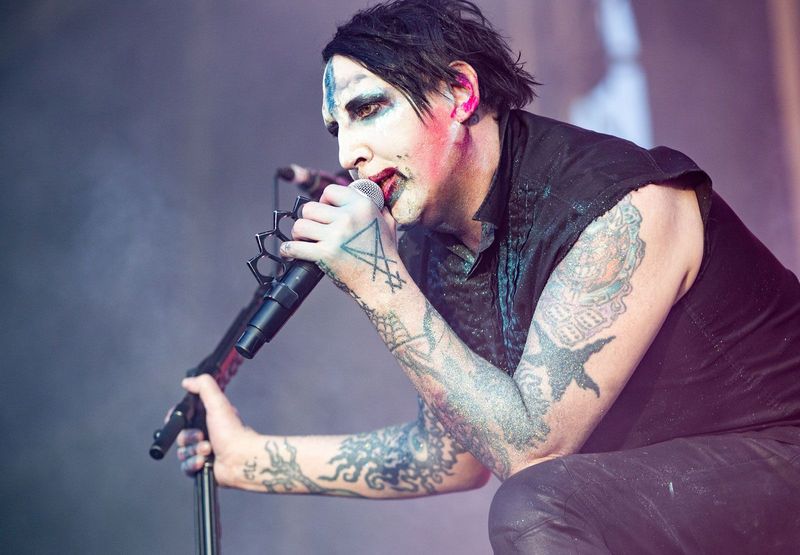
A crucified figure with a torn-off jaw and grotesque imagery? For Marilyn Manson, it was par for the course. The Holy Wood cover ignited outrage among religious groups and conservative media.
The album tackled themes of religion, celebrity, and American violence, using shocking visuals to match. Some retailers banned or censored the artwork entirely. Yet, for Manson’s audience, the controversy was part of the allure. The cover remains one of the most striking in his catalog—and one of the most divisive.

Comments
Loading…